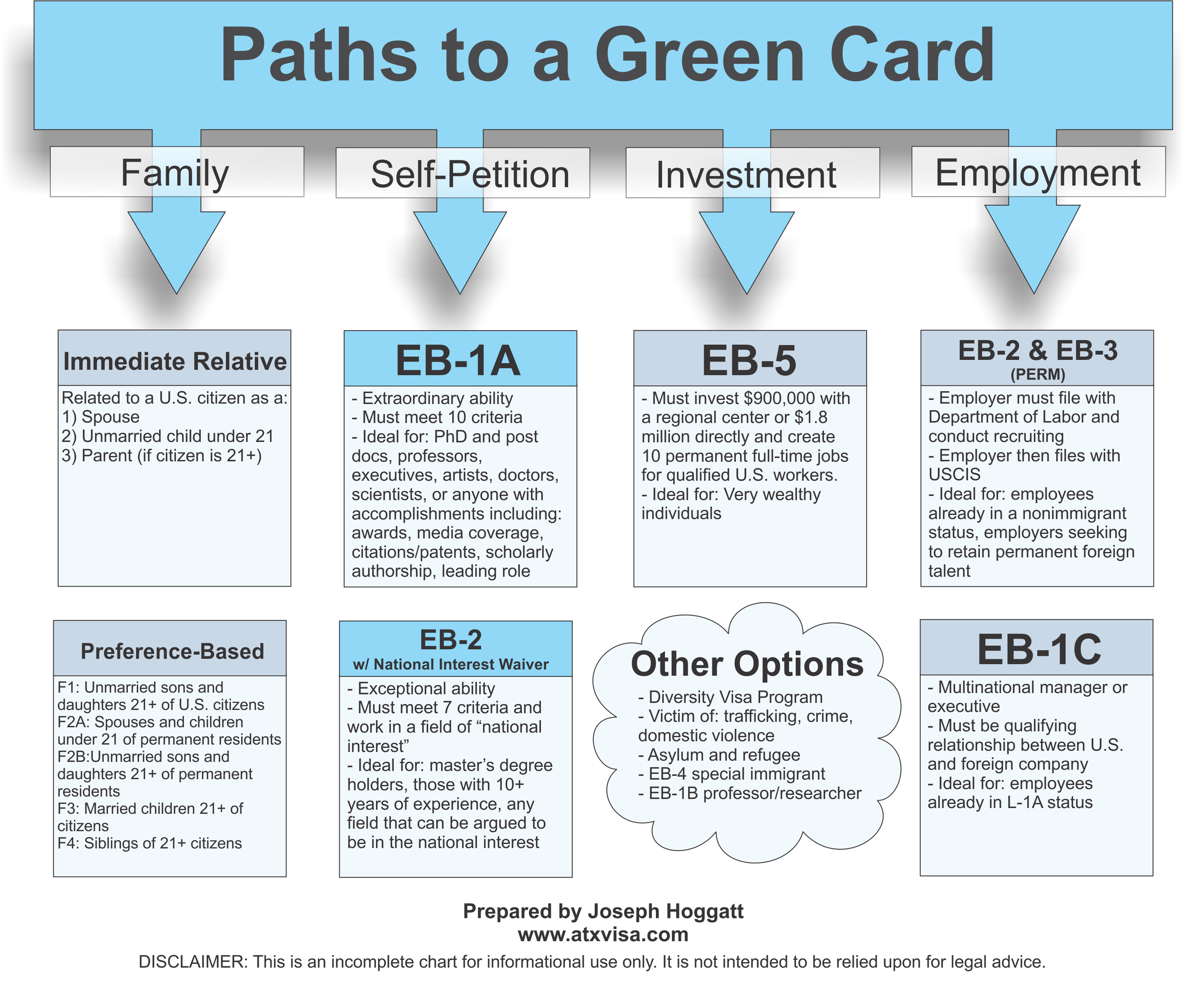Visa petitions for those seeking a National Interest Waiver (NIW) are filed with U.S. Citizenship and Immigration Services (USCIS). Depending on the immigration benefit sought, denials may be appealed to the Administrative Appeals Office (AAO), the Board of Immigration Appeals (BIA), or federal district court. The AAO is an office within USCIS that reviews denied petitions, the BIA falls under the Department of Justice and generally reviews the work of immigration judges and directors of the Department of Homeland Security, and federal district court has general federal jurisdiction, including interpreting the immigration laws of the United States.
When NIW petitions are denied, the AAO is the sole recourse for appeal. Federal courts at the district and appellate level have been unanimous that they have no jurisdiction to review a denied NIW since the law is clear that waivers may be granted and no one is entitled to one.
When a case is appealed to the AAO its chances are not good. USCIS keeps statistics (link), with one of the worst being its FY15 H-1B appeals in which 504 were denied and only 16 were approved (with 9 remanded back to the director for further adjudication). Thankfully statistics for NIW are not as bad, although they are still not great. Since Matter of Dhanasar was decided on December 27, 2016, the most illustrative category to look at is I-140I since FY 17. The government fiscal year starts on October 1, so there are nearly three months of overlap with the prior NYSDOT precedent, but the NIW appeal stats are below:
FY 17: 47 total cases, 12 approved on appeal.
FY 18: 44 total cases, 6 approved on appeal, 1 remanded.
FY 19: 36 total cases, 3 approved on appeal, 6 remanded.
Combined the total approval rate is 18.89% but without FY 17 buoying the results, that drops to an 11.25% approval rate over the previous two years.
Before taking a closer look at the approvals below, it should be noted that AAO cases are divided into precedent and non-precedent. Precedent cases, such as Matter of Dhanasar, bind all USCIS officers when adjudicating petitions. The NIW three-prong test developed in Matter of Dhanasar is therefore used on all NIW petitions. Non-precedent cases are published, but have no effect on future petitions due to differing facts and circumstances. These non-precedent approvals do not have any immediate application to other cases, but can be used to show the sorts of occupations the AAO values granting NIWs to when considering an appeal or for persuasive additions when drafting initial petitions. A further disclaimer is that many NIWs are outright approved and these occupations are not reflected below, and most cases are not appealed but are simply refiled. Statistics for these two types of cases are not available, and the below list is not representative of the only occupations that are eligible for National Interest Waivers.
Without further ado, here are all the NIW approvals at the AAO since December 27, 2016:
| Occupation | Name of Case | Year |
|---|---|---|
| Biostatistician | Matter of K-A- | Dec. 27, 2016 |
| Consultant (veterans medical care) | Matter of E-C-H- | Dec. 27, 2016 |
| Engineer, chemical | Matter of R-T-I- | Mar. 27, 2017 |
| Engineer, electrical | Matter of K-Q- | Oct. 2, 2018 |
| Engineer, mechanical and biomedical | Matter of M-M- | Jan. 4, 2017 |
| Engineer, metallurgical | Matter of F-E- | Mar. 20, 2017 |
| Engineer, software | Matter of T-U-O-A- | Dec. 29, 2016 |
| Entrepreneur, agribusiness | Matter of E-J-C-D-H- | Sept. 19, 2018 |
| Geosteering researcher and developer | In Re: 6206115 | Dec. 3, 2019 |
| Physician | Matter of I-O-A- | Jan. 25, 2019 |
| Processor, mathematics | Matter of L-X- | Mar. 16, 2018 |
| Researcher, biomedical engineering | Matter of P-Y-G- | June 5, 2019 |
| Researcher, biostatistics | Matter of P-J- | July 13, 2018 |
| Researcher, cancer | Matter of E-A-A- | Dec. 27, 2016 |
| Researcher, computer science | In Re: 7209032 | Feb. 7, 2020 |
| Researcher, electrical engineering | In Re: 6941826 | Jan. 10, 2020 |
| Researcher, foodborne pathogens | Matter of G-D-K- | Oct. 23, 2019 | Researcher, cardiovascular disease | Matter of K-H-S- | June 7,2017 |
| Researcher, pathology & cellular biology | Matter of M-M-O- | Jan. 17, 2019 |
| Researcher, public health | Matter of S-M-M-S- | Aug. 22, 2018 |
| Social protection specialist | Matter of A-A-A-A- | Aug. 11, 2017 |
| Surgeon | Matter of U-H- | Aug. 31, 2018 |

